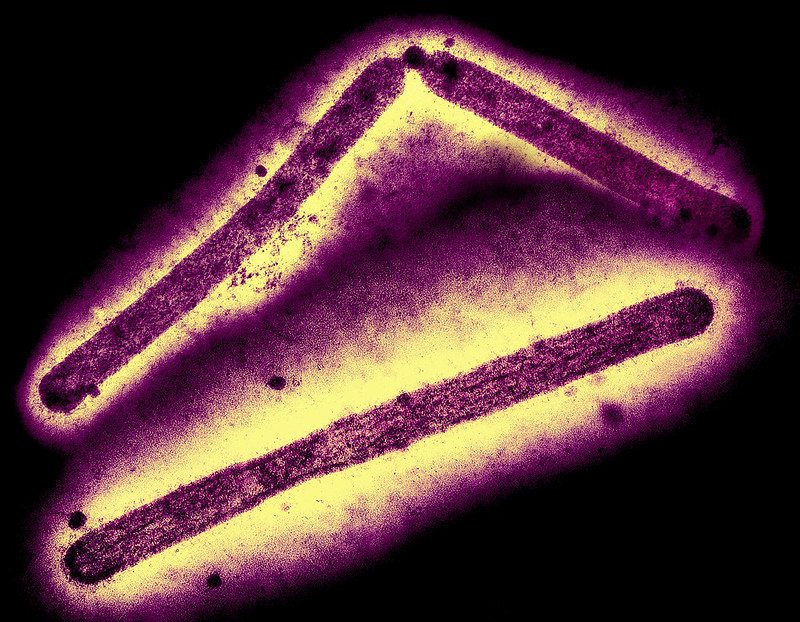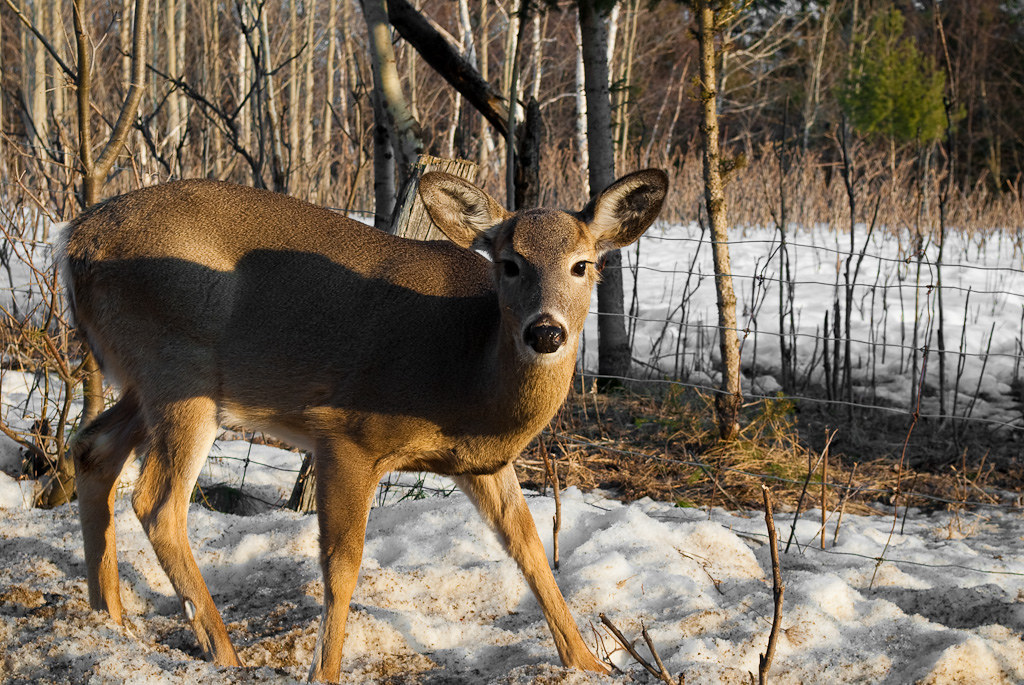The Centers for Disease Control and Prevention (CDC) today shared new sequencing findings on samples from two people with H5N1 avian flu infections, one a patient from Wyoming who was hospitalized after contact with backyard poultry and the other a dairy worker from Nevada. It also fleshed out clinical findings for the two patients, plus another from Ohio.

The CDC said the patient from Wyoming, who had underlying health conditions, had respiratory symptoms and had tested negative for the virus from an upper respiratory sample but was positive on a lower respiratory sample. Meanwhile, the patient from Nevada was a dairy worker whose only symptom was conjunctivitis.
Similarly, the CDC added that a recent patient from Ohio, who had prolonged contact with sick and dead poultry, initially tested negative on upper-respiratory samples but was positive on lower respiratory tract sampling. It noted that both of the patients with poultry exposure had severe illness and were hospitalized but are both home and recovering.
Both had D1.1 genotype, notable mutations
Sequencing of viruses from both patients revealed the D1.1 genotype, which is circulating widely in wild birds and poultry, with known jumps to dairy cows in Nevada and Arizona.
The tests also identified some notable mutations. The Wyoming patient’s virus had the E627K mutation in the polymerase basic 2 (PB2) protein that has been linked to efficient replication in people and mammals and was also seen in a human case from Texas in 2024.
The CDC said the Nevada patent’s virus had the D701N mutation in PB2 that has been linked to more efficient virus replication in mammalian cells and was seen in a patient from Chile in 2023. It added that the nucleotide sequence was almost identical to viruses from the dairy cows the patient worked with.
For both patients, the CDC didn’t identify any genetic changes in the virus that would impact the effectiveness of antiviral medications or H5 candidate vaccine viruses.












